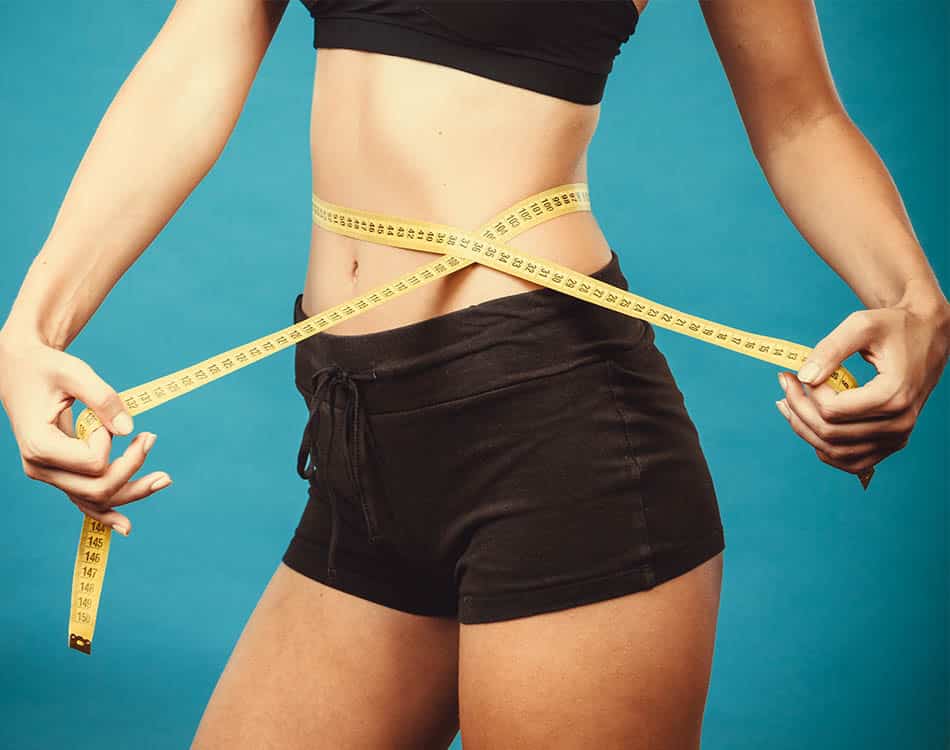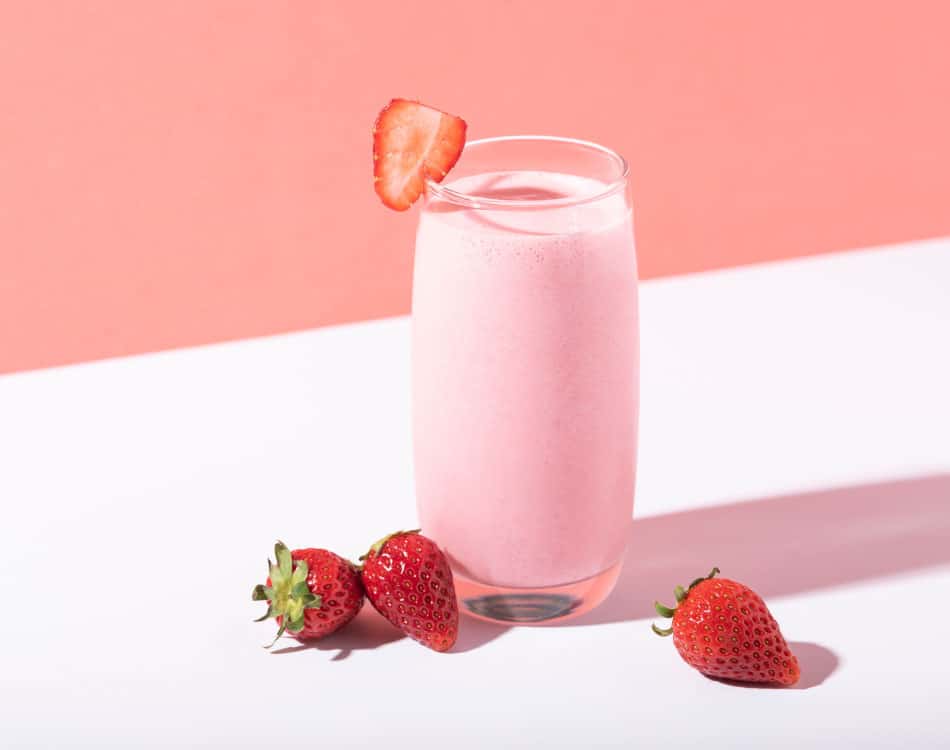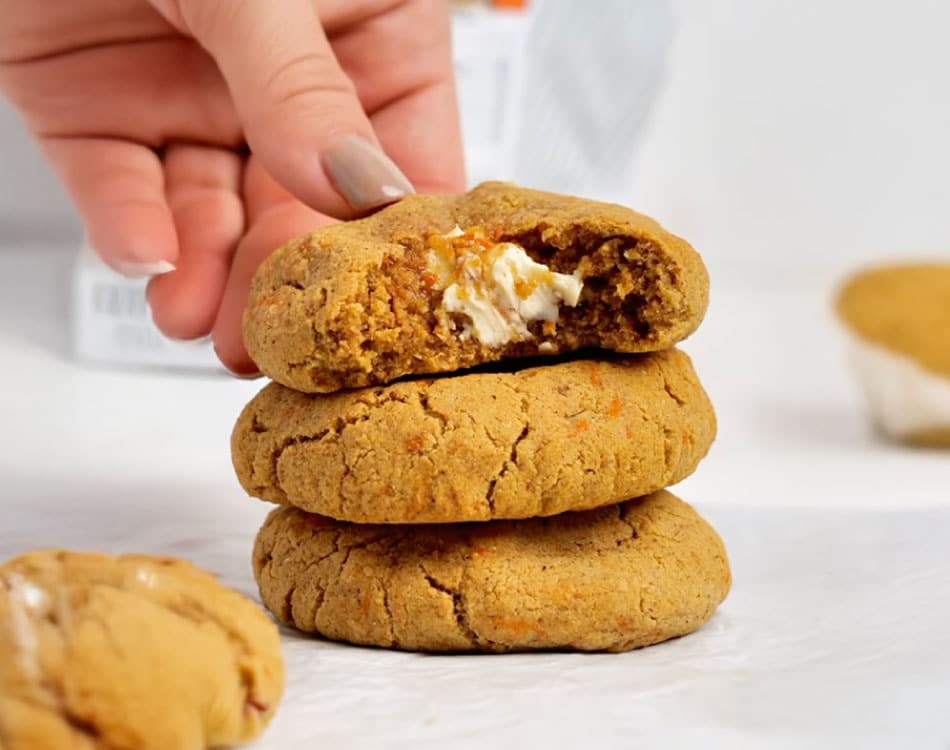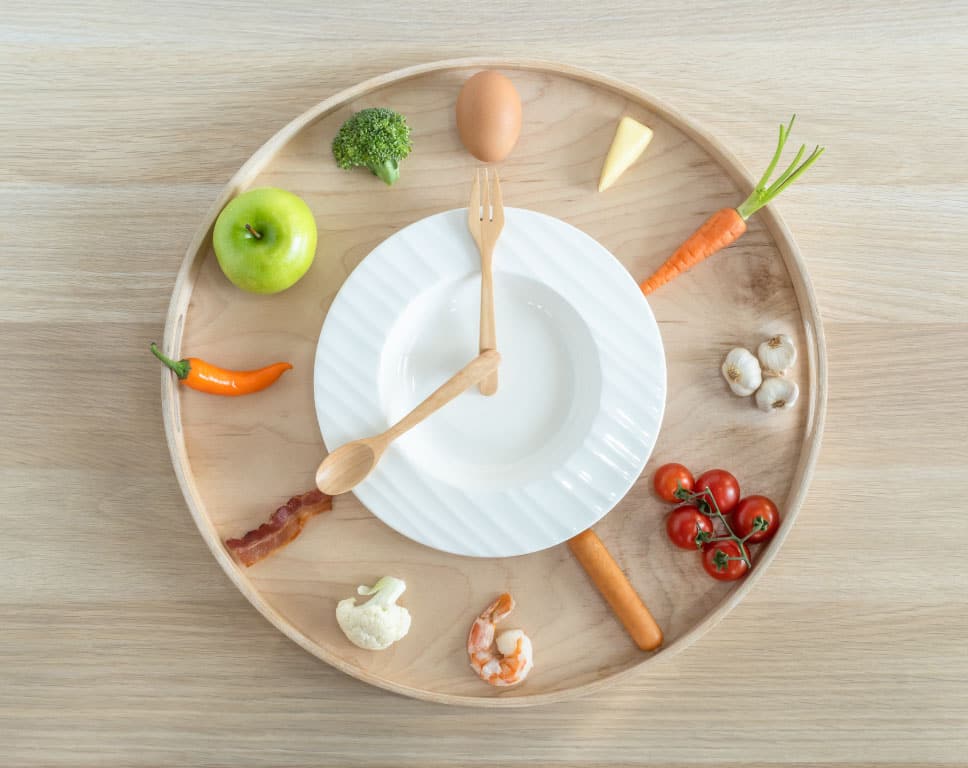Does your fat loss plan carry any weight? We demystify these two terms so you know which foe you are up against.
The terms ‘fat loss’ and ‘weight loss’ are often used interchangeably by those of us who strive for a leaner, more toned body.
However, there are fundamental differences between the two concepts. Making this distinction can make all the difference when trying to achieve your specific goal.
READ MORE: Get the balance right to get the most from your weight-loss efforts
The scale of the problem
Your body consists of numerous elements, including muscle, fat, bone, water and our organs. The total mass of all of these elements gives us the weight we see on the scale, most commonly measured in kilograms.
Conversely, our fat mass only makes up a percentage of that total mass. As such, our body fat percentage is expressed as a percentage when measured. You or your personal trainer can do this by using skin-fold callipers and a formula, or bioelectrical impedance testing.
In essence, your body fat is the sum total of all your adipose fat, which is the most common form of body fat, and the fat surrounding your organs, known as visceral fat. The fat under your skin is commonly referred to as subcutaneous fat.
READ MORE: Are you fighting a losing weight-loss battle?
Essential fat
Not all of this fat is bad, though. Certain fat is essential to life, with the rest made up of stored body fat.
Essential body fat is necessary to maintain life and reproductive functions, so you can never have 0% body fat.
The fact that women have more reproductive functions than men means that their ideal percentage will always be greater than a man’s. Essential fat in women is around 8–12%. It’s the stored body fat that is the unwanted stuff we want to reduce.
As we can see, there’s a clear distinction between weight and fat. As such, we should not use these terms interchangeably.
READ MORE: Find weight-loss success with our fat-fighting toolkit
Define your goal
While you’ll generally shed body fat when you lose weight, you won’t necessarily lose weight when fat loss is your main aim. It all comes down to your approach to training and eating,
In fact, your weight may increase as your body fat decreases. As such, clearly defining your goal is essential to ensure you take the appropriate action to achieve it.
An important starting point is to determine your body composition and use that as a benchmark to refer to along the way.
Finding your ideal weight
The easiest and most commonly used measure to determine your ideal weight is the Body Mass Index (BMI). This calculation categorises you according to your ideal weight for your height.
It is a simplistic measurement that doesn’t take into account elements such as muscle mass, body shape or body fat percentage, which is why it is only used as an indicator.
Your BMI can be determined by dividing your body weight, in kilograms by the square of your height, in metres.
This will give you a measurement in kg/m², where a BMI of 20 to 24.9 kg/m² may indicate optimal weight. Less than 18.5 kg/m² indicates that you may be underweight, while anything above 25 kg/m² may indicate that you are overweight. A BMI below 17.5 may indicate an eating disorder, while a number above 30 suggests you are obese.
READ MORE: Ditch the scale to gain better insights into how your body is changing
The fat factor
The next step is to determine your body fat percentage. You can determine your body fat percentage using a number of methods. A popular and accurate option is skin-fold measurements taken with callipers by a trained professional.
Bioelectrical impedance testing can is less accurate but is less invasive, more convenient and quicker. Most smart scales offer this function. These tests will give you a measure of your body’s total fat content, consisting of both essential and stored body fat.
- For women below 30 years: a body fat percentage of 14-21% is ideal.
- For women between 30 and 50 years: a body fat percentage of 15-23% is ideal.
- For women over 50 years: a body fat percentage of 16-25% is ideal.
READ MORE: The unseen danger of visceral body fat
Weight-loss basics
If you fall outside the normal BMI range and find that you have excessive body fat, you should reduce your weight and body fat levels at the same time with a calorie-restricted diet, used in conjunction with an exercise programme that is comprised mainly of weight training, with some high-intensity interval training (HIIT) cardio.
Exercise at least five to six times a week to create a calorie deficit each day. HIIT cardio works best in this situation because it works through a broad range of heart rates. This ensures that you target fat stores at the lower end of the range and burn more calories at the upper end of the range.
Aim to create a 500-calorie deficit a day through your combined efforts in the gym and the kitchen. This is the ideal level for healthy and sustainable weight loss.
READ MORE: Does the 500-calorie-a-day deficit rule work for fat loss
Shedding fat
If you only need to lose fat, a more nuanced approach would work. This generally entails creating a slight calorie deficit, while also manipulating your meal timing and macronutrient ratios – exercising in a fasted state and following a low-carb diet are examples of suitable approaches for fat loss, not necessarily weight loss.
In terms of exercise, intense and heavy weight training is best. Many women would also benefit from fasted cardio due to its lower intensity, which preferentially burns fat for fuel.
READ MORE: Accelerate fat loss by getting the basics right
Supplement support
There are many fat loss training aids that can also be used to help target fat stores, which include thermogenic fat burnersand body toners like CLA and L-carnitine.
READ MORE: A beginner’s guide to fat-loss supplements
Ultimately, it is the combination of nutrition, exercise and supplementation that will yield the best, most sustainable results.
READ MORE: Boost your fat-loss efforts by including this popular supplement in your plan
The other key elements to keep in mind when trying to lose weight and/or fat is the fact that muscle is denser than fat. After a few months in the gym, you may actually weigh more than when you started, even if your circumference measurements don’t change. So don’t just use the scale as the determining factor of your success. Get your body composition assessed once again to determine your new muscle-to-fat ratio, and use the mirror as a subjective tool to gauge your results.















